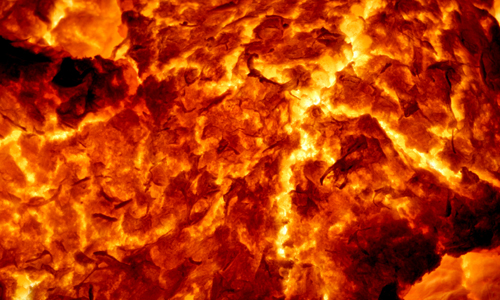Ohio University faculty will make an impact with 23 presentations at the Geological Society of America’s 125th Anniversary Annual Meeting & Exposition Oct. 27–30 in Denver.
Dr. David Kidder, Associate Professor of Geological Sciences, and retired faculty member Dr. Tom Worsley present on EARLY TRIASSIC HYPERTROPICAL CLIMATE: LATITUDE, ELEVATION, AND OCEAN EFFECTS.
We hypothesize that hypertropical climate developed at and expanded poleward from tropical latitudes during the Early Triassic hothouse climate. Hypertropicality includes a host of unfavorable factors including exceptionally warm sea-surface temperatures that peaked at approximately 40° C near the Smithian-Spathian boundary. Widespread anoxia at this time was not necessarily at its worst in the tropics. Although reduced pole-equator thermal contrast should have weakened planetary windbelt energy and wind-driven upwelling, persistent equatorial upwelling, even at reduced levels, would deliver euxinic and acidic waters to the already hot surface ocean. Upwelling contributions from slow moving cyclones would distribute these hypertropical effects poleward.
Late Permian latitudinal vegetation and climate belts were shifting poleward even before hypertropical climate commenced. Forests vacated tropical, sub-tropical and middle latitudes. Polar climates were marked by moist, temperate conditions in which forests survived in the Late Permian warm greenhouse until the extinction and onset of hothouse conditions.
Altitude-based climate and habitat zones were probably pressured from both bottoms and tops of mountain ranges. Increasingly warm climate probably expanded upward, displacing and compressing climate zones to higher elevations. Severe oxygen deficiency in high mountain regions during this well-known interval of low atmospheric oxygen probably served as a barrier to the thermally driven upward shift of these climate zones.
Tropical oceans are thought to maximize marine diversity generation. However, reef diversity suffered as metazoan reefs declined even before the end-Permian extinction, and only microbial reefs marked the Early Triassic. Shallow marine benthic planktotrophic life would have been highly vulnerable to hypertropical conditions. Preponderance of inhospitable conditions in the tropics (e.g. euxinia, acidification, high temperatures) would not only have stressed many existing taxa to the point of extinction, but deadly effects on the planktonic reproductive phase of many benthic organisms should have severely hampered speciation at the latitudes normally considered the most effective species generators.


















Comments